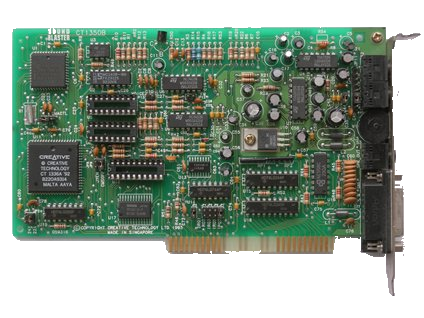Sound Blaster 2.0 (CT1350)
In October 1991, Sound Blaster v2.0 (CT1350) arrived with support for "auto-init" (automatic initialising) DMA - this allowed the card to produce a continuous loop of double-buffered sound output. The sampling rate capabilities were also increased to 44 kHz (CD quality) for playback, and 22 kHz for recording.
|
Released | October 1991 |
| Bus | ISA 8-bit | |
| FM Synth | Yamaha YM3812 | |
| Audio Codec | None | |
| Standards | Ad Lib, Sound Blaster | |
| Ports | Speaker-Out, Mic-In Game port Volume Thumbwheel |
|
| CD-ROM | None | |
| Wavetable | None | |
| Plug & Play | No | |
| FCC ID(s) | HE90S803 (Quick Shot Sound Machine) | |
| See Also | Sound Blaster 1.0/1.5 (CT1310/CT1320), Sound Blaster Pro (CT1330) |
The Sound Blaster 2.0 improved upon the Sound Blaster 1.0 and 1.5 by using fewer, more tightly integrated components, as hence was a physically shorter card than its predecessors.
The changes from v1.5 to v2.0 were all in the DSP chip - this meant that existing owners of prior models could upgrade to a v2.0 card by purchasing the v2.0 DSP chip from Creative.
Known as "Sound Blaster 2.0" or "Sound Blaster Deluxe", it had a better circuit board layout and dropped another old CMS chip from the board. The DMA channel "auto-init" mode allowed the card to play continously without pauses or crackling (something suffered on v1.0 and v1.5 cards). Due to these changes in the DSP programming (now up to version 2.01), some games companies had problems with 100% game compatibility with this card which explains why numerous games have two options for the original Sound Blaster: Sound Blaster 1.0 and Sound Blaster 2.0.
The Sound Blaster 2.0 came with a new mixer chip, CT1335. This was the first variant of mixer chip found on Creative cards. CT1335 provided 8 levels of software volume control for Master, MIDI and CD sources, and 4 level for Voice source. The output mixing path took signals from the Voice, MIDI, CD and PC speaker sources. It was succeeded by the CT1345 found on the Sound Blaster Pro and the CT1745 found on the Sound Blaster 16.
Quick Shot licenced the Sound Blaster 2.0 for their own card which they called Sound Machine. It had model number "QS803", and FCC ID HE90S803.
Board Revisions
Known board revisions include 49151, 59316 and 60328.
Competition
In 1991, there was still very little in the way of competition for Creative Labs. Probably the most prominent competitor was Ad Lib who launched their Ad Lib Gold this year, which offered stereo sound before Creative Labs.
If your budget didn't stretch to a Sound Blaster, you would have bought the Ad Lib music synthesizer card or MediaVision Thunder Board instead.
In the Media
Setting it Up
Downloads
Operation Manual Get in touch if you can provide this missing item! |
Original Utility Disks Get in touch if you can provide this missing item! |
Sound Blaster 2.0 Drivers |
Sound Blaster 2.0 Drivers |
DOS and Windows 3.1 Drivers |
|
More Pictures
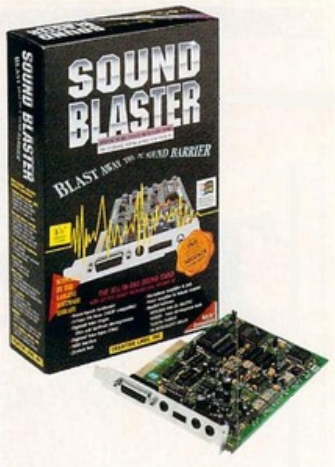

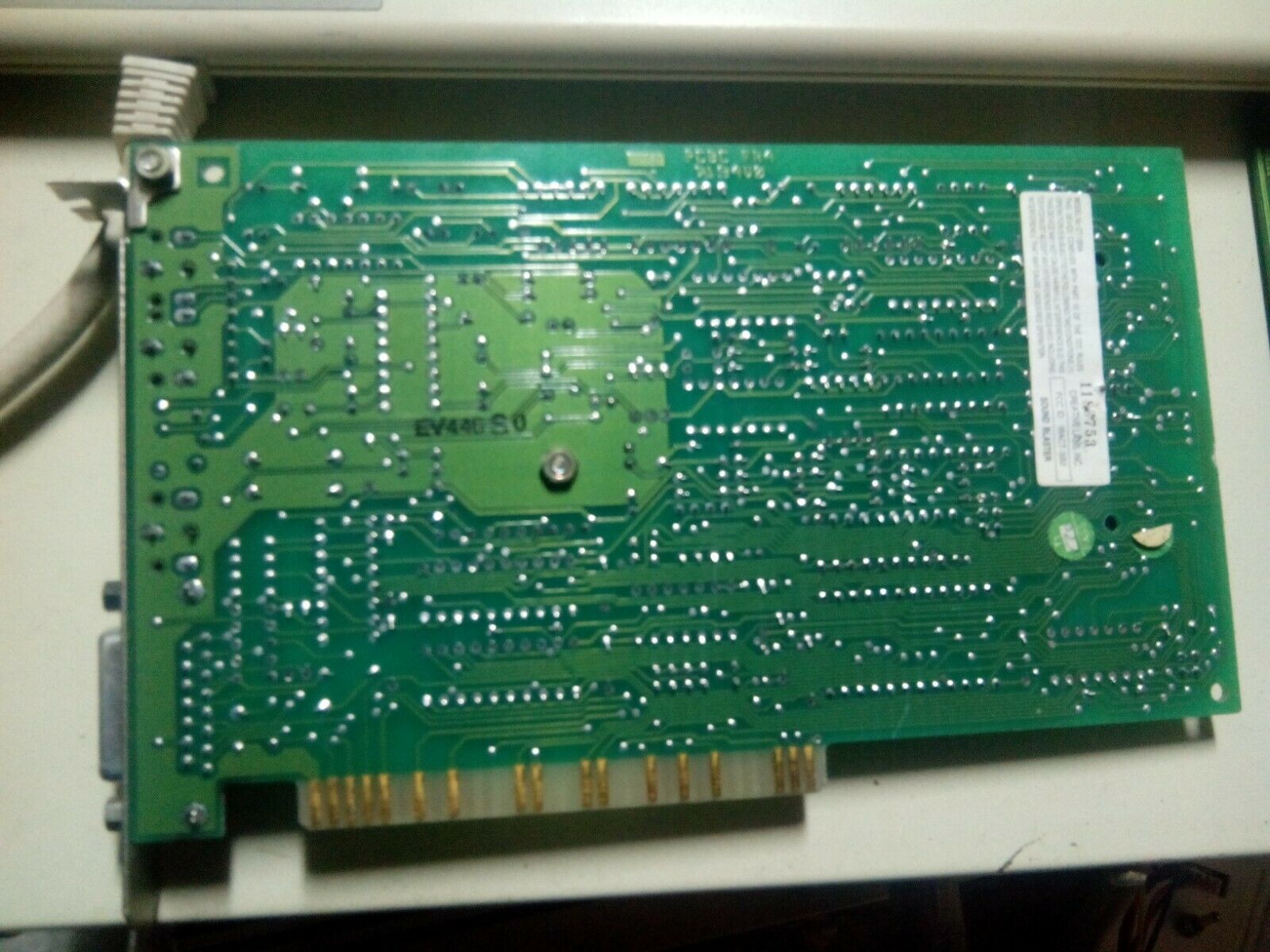
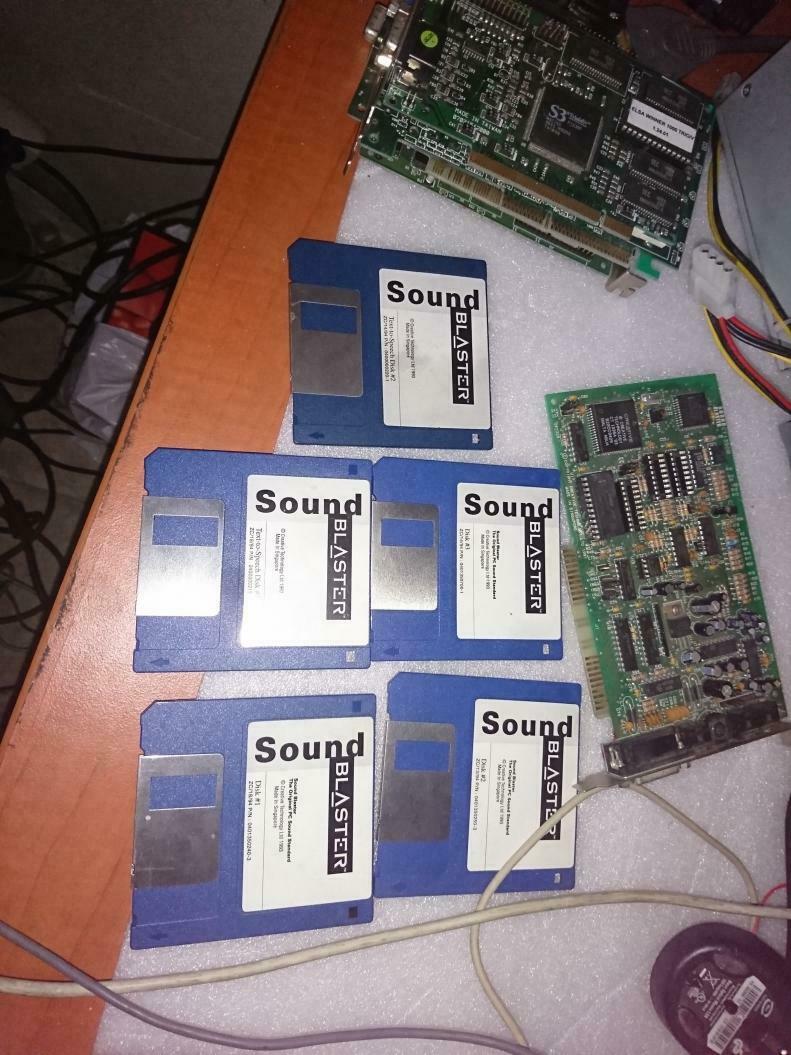
A Sound Blaster 2.0 (rev. 60328) with box and disks
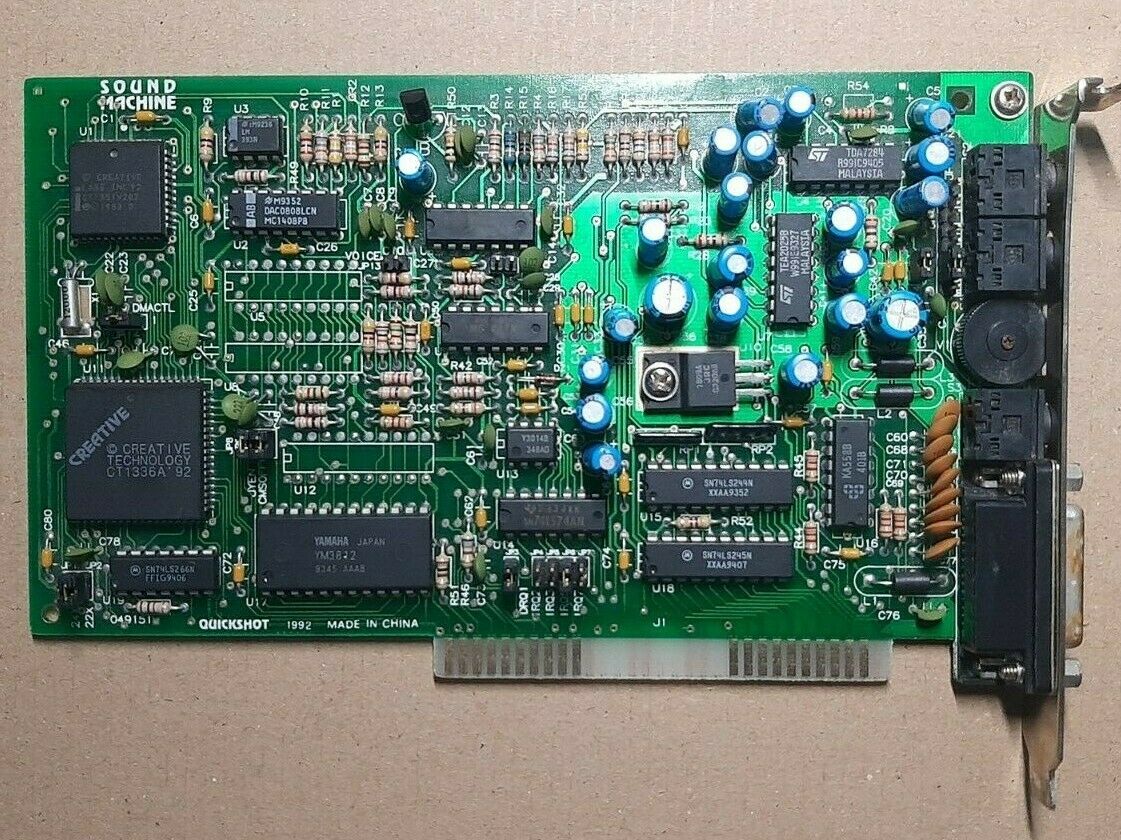
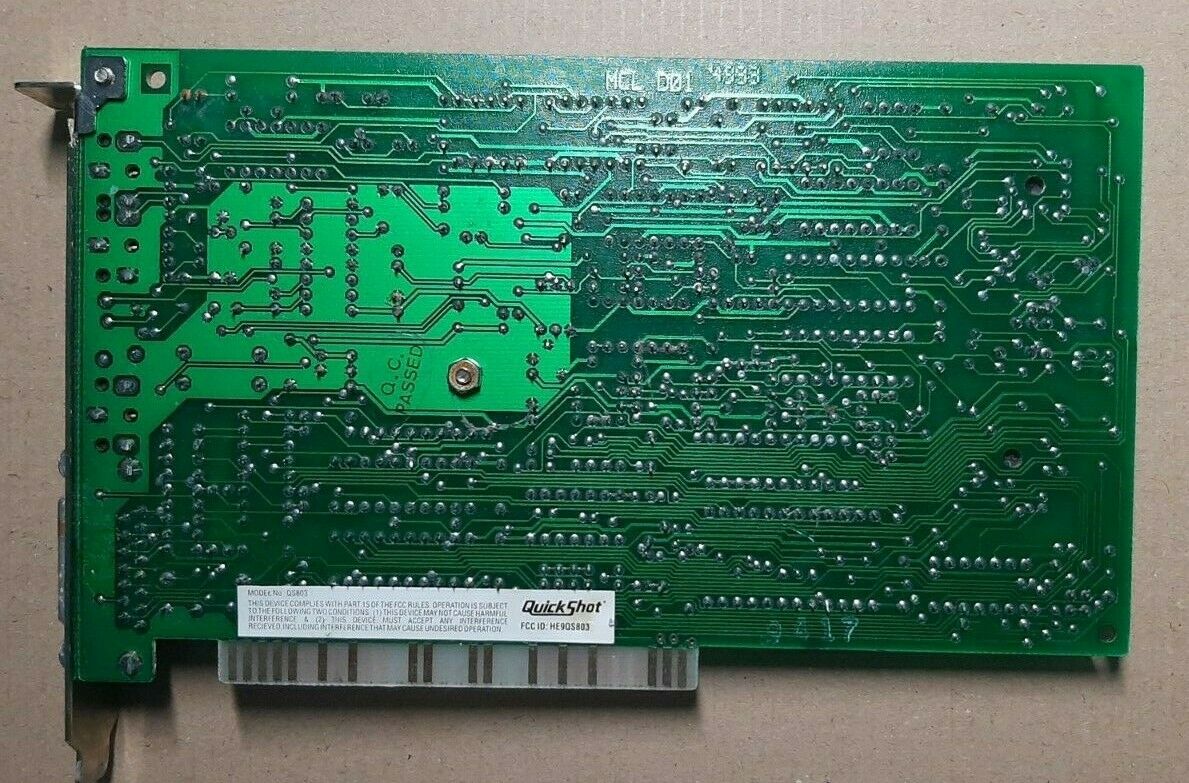

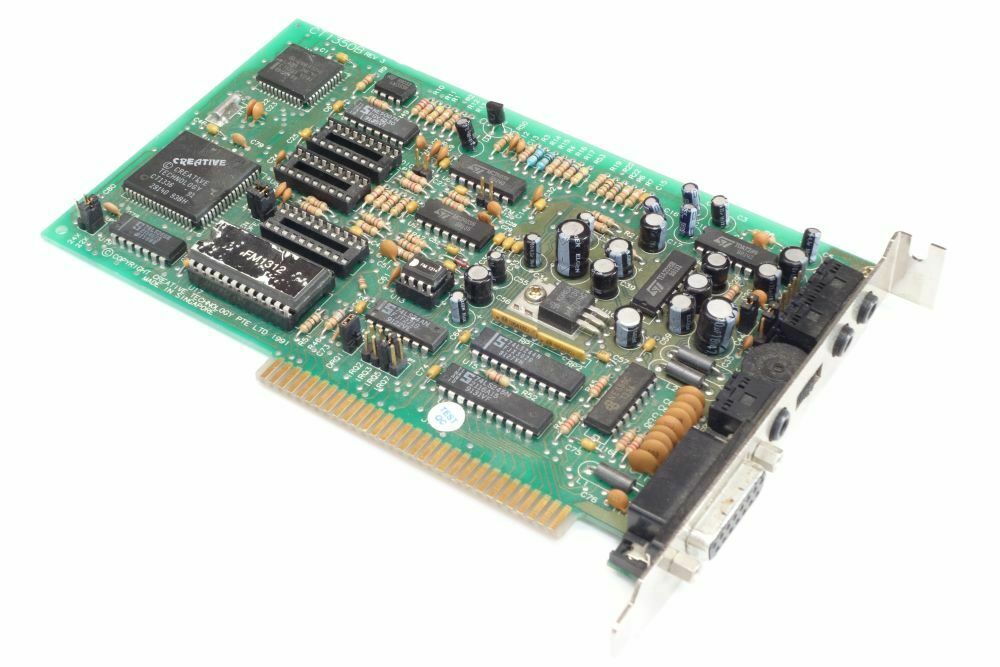
A Quick Shot Sound Machine
(rev. 49151)
